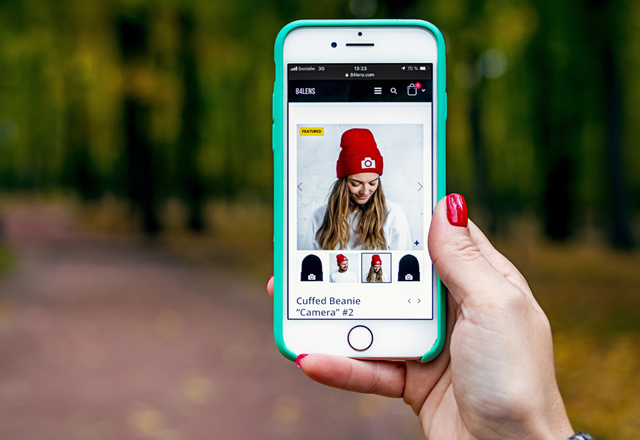
Shopping is an increasingly “invisible” activity, embedding itself seamlessly into new digital and physical channels, using ever-more natural gestures and simple conversations.
![]() Gesture recognition helps retailers gauge shoppers’ real interest
Gesture recognition helps retailers gauge shoppers’ real interest
For example, a mom goes for an afternoon walk with her child. She notices she could use some silicone straws for their water bottles, and asks Alexa to place the order.
As they walk to the park, Mom sees an ad for a pair of running shoes. She takes a picture on her phone, successfully searches the Web and finds the item for sale, and makes a purchase just before greeting her friends at the playground.
On the way home, she sees a local restaurant is having a farm-to-table event that evening, so she sends invites to her husband and another couple to meet there.
The idea that people can shop virtually all the time from any location with an Internet connection is referred to as ubiquitous shopping, and is seen especially in the rising use of voice-enabled commerce.
According to Accenture, 94% of retail executives believe ubiquitous shopping represents a complete transformation or significant change for the industry.
The survey found that while two-thirds (65%) of industry executives view online commerce as the driving characteristic of ubiquitous shopping, and over half (53%) cite mobile purchases as key. Just one third (33%) say new technology such as voice commerce is top of mind.
However, Accenture forecasts that the next big thing in shopping is voice recognition technology, and suggests that retail executives are under-estimating voice-enabled commerce.
In the U.S., one in every five households with a wireless internet connection is already using a smart speaker, making nearly 19 million homes ready for voice shopping.
![]() The first step to recognizing customers with AI
The first step to recognizing customers with AI
However, last August, TheInformation.com reported that only 2% percent of people with Amazon-Alexa enabled devices made a purchase via voice and of those, “90% didn’t try it again.”
Still, the technology is there, ready and waiting. It may just be slightly ahead of its time.
Considering that today it’s possible to jump into a Ford, have Alexa ask Starbucks to start an order, swing by the drive-thru, pick up and be back on the road, it seems as though that 2% will grow to a far greater number in a very short time.
















